 Written by Amanda Lundberg, BSN, RN
Written by Amanda Lundberg, BSN, RN
Have you ever put a bag of frozen peas on an injury to reduce pain, inflammation, and swelling? If yes, then you have used cryotherapy - a modality of cold therapy that optimizes healing and recovery. Cryotherapy is applicable for a myriad of health reasons, from arthritis to sports injuries.
Cryotherapy machines deliver significant healing and recovery in sessions that last no longer than 5 minutes! Now you can safely use this cryotherapy at home for faster, and incredibly more effective healing than a bag of frozen peas could ever dream of. *Frozen peas have left the chat.* Read on to learn more about all the ways whole-body cryotherapy can help you and your loved ones.
Defined as the use of extreme cold in medical treatments, cryotherapy is also known as cold therapy, with the two terms often used interchangeably. However, in its truest sense, cryotherapy is administered either via localized cryotherapy or whole-body cryotherapy machines. Touting multiple health benefits, cryotherapy applies extremely cold temperatures to specific body areas or immerses the whole body in temperatures that range between -160 to -300 degrees Fahrenheit for sessions that last anywhere from 1 to 5 minutes.
Often used to treat swelling, inflammation, pain, and injuries, cold therapy comprises ice packs, cold showers, ice baths, cold compression therapy machines, and topical cooling agents like Biofreeze. Although these modalities are not as cold as cryotherapy and may require longer or more frequent applications and sessions, they still offer effective treatment for a wide range of conditions.
.png)
Cryotherapy is hormetic, meaning it provokes a specific cellular response by applying temporary stress to the body. By using extremely cold temperatures, cryotherapy basically tricks the body into thinking it’s freezing, which leads to a boost in blood and lymphatic circulation, mitigation of pain and inflammation, and a release of fat and calorie stores. Whole-body cryotherapy is frequently employed in sports medicine to improve both athletic performance and injury/exercise recovery. Localized cryotherapy is effective for reducing nerve pain, relieving migraines, decreasing arthritic pain/stiffness, treating mood disorders, promoting weight loss, improving skin health, and preventing cardiovascular and circulatory disorders such as atherosclerosis. Because it is efficacious in decreasing inflammation and oxidative stress, ongoing studies continually demonstrate whole-body cryotherapy to be a useful modality that can address a wide array of physical and mental conditions.
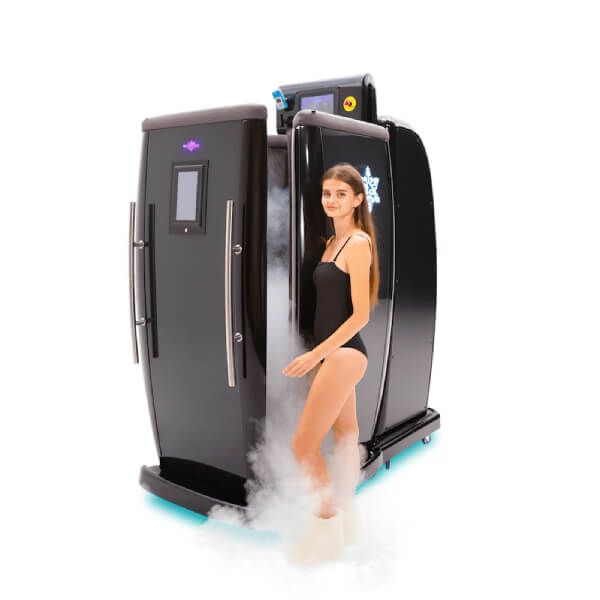
YES! You can do cryotherapy at home with a cryotherapy machine, the same type commonly used in physical therapy clinics, hospitals, and other healthcare facilities. Depending on your particular needs and conditions, you can also apply cold compression therapy. Combining cold therapy with compression optimizes relief and boosts circulation, resulting in faster recovery - especially when you use automated circulating cold water therapy machines.
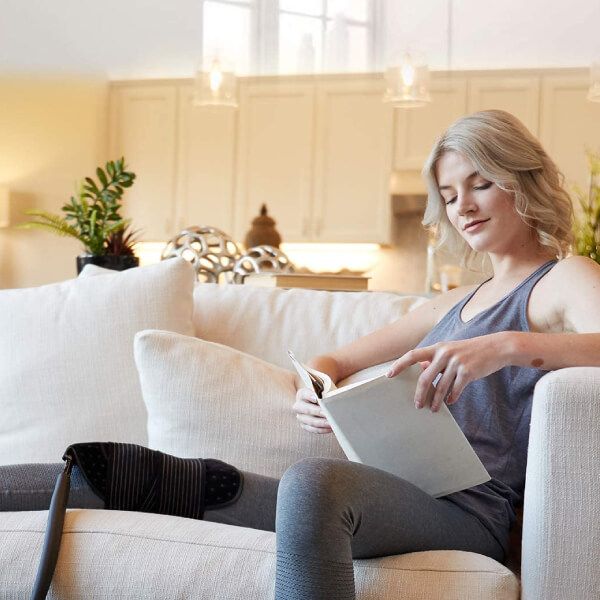
A cryotherapy session at a clinic or spa costs anywhere between $40 and $100. Although most people start to feel or see positive benefits after about 3 to 5 consecutive sessions, experts often recommend ongoing, maintenances sessions to achieve the long-lasting health benefits.
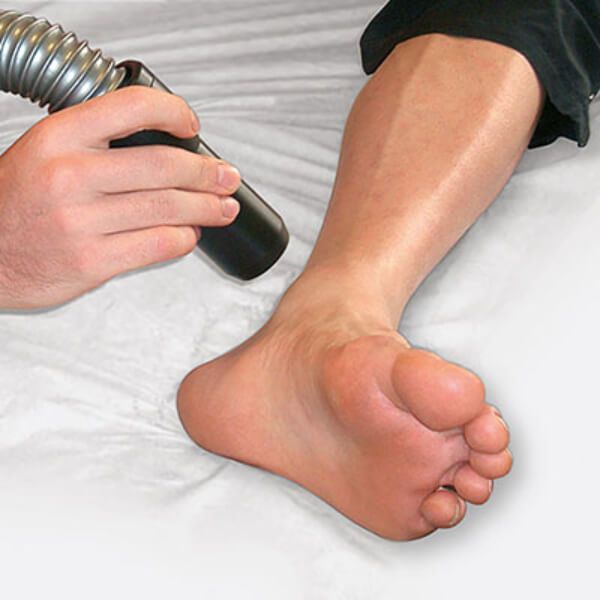
Recommended maintenance schedules based upon conditions
Localized cryotherapy machines start at about $10,000, like the Cryo Mini Cryotherapy Device and Cryo 6 Cryotherapy Device by FEI Cryo 6 Cryotherapy Device. These devices are most often purchased by home-users that are treating a specific condition, like chronic pain. In the long run, purchasing a localized cryotherapy machine for home-use is the most cost effective investment compared to the annual price of cryotherapy sessions at a clinic. Not to mention you don’t have to waste time and energy with coordinating appointments. Enjoy unlimited therapy sessions within the comfort of your own home!
 | Portable Cryotherapy Machine With Adjustable Parameters - Cryo Mini View Product |
Whole body cryotherapy chambers start around $35,000, like the CryoStar Cryotherapy Chamber. These devices are typically purchased by gyms, spas, clinics, and similar businesses. Adding a whole body cryotherapy chamber to your business can place you lightyears ahead of your competition. Offering cryo can be an enormous perk, and it’s difficult for customers to price-shop because few businesses offer this innovative service.
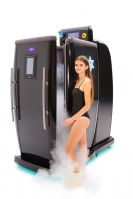 | Cryo Chamber for Hot and Cold Cryotherapy - CryoStar Cryosauna from VacuActivus View Product |
A cryotherapy machine uses extremely cold temperatures to deliver its effective therapy. Available as a cryotherapy chamber that you walk into, a cryosauna leaves your head above the device. Smaller devices for local application focus on healing specific body parts. Cryotherapy machines come in a wide variety of styles, sizes, and operating formats to fulfill different needs. Much more efficient than applying ice packs, this extreme cold therapy is delivered within 1 to 5 minutes, providing stronger healing effects than any other cold therapy. The cryotherapy chambers and cryosaunas typically use either nitrogen or electricity to safely deliver their low temperatures.
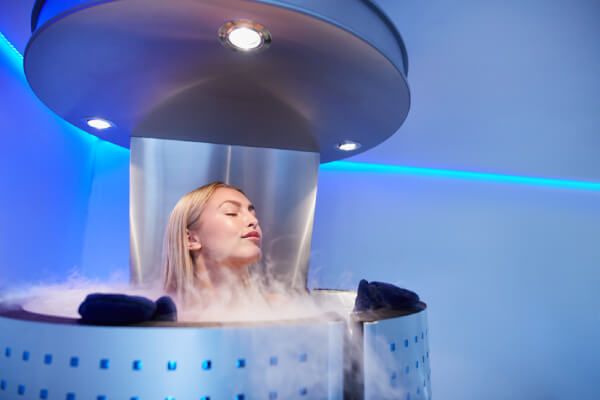
The temperature range for true cryotherapy is between -160 and -300 degrees Fahrenheit. Colder than a frozen lake, cryotherapy is the coldest therapy available. While an ice bath will feel colder than a whole-body cryotherapy session, the coldest an ice bath can be without freezing is 32 degrees. This is why people who hate the sensation of coldness can often tolerate whole-body cryotherapy chambers and cryosaunas, as they do not feel as cold and the session length is much shorter.
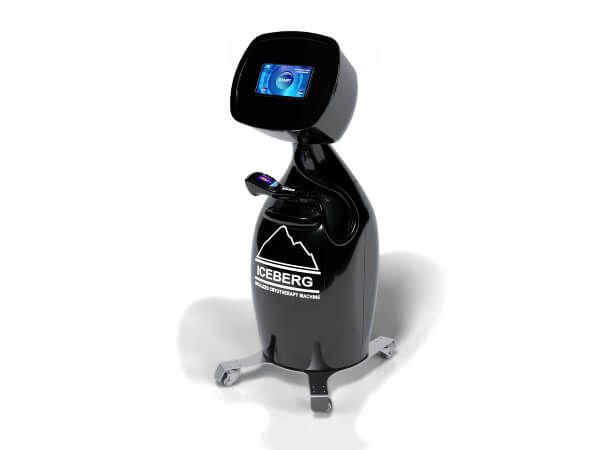
While cryotherapy is generally safe for most adults when used correctly, it’s always a good idea to consult your doctor before using any type of therapy. In general, people with the following conditions should not use cryotherapy: pregnancy, severe hypertension, Raynaud’s syndrome, venous thrombosis, uncontrolled seizures, bleeding disorders, symptomatic lung disorders, acute or recent cerebrovascular accident, cardiac pacemaker, severe anemia, infection, unstable angina pectoris, acute or recent myocardial infarction, peripheral arterial occlusive disease, fever, infection, acute kidney/urinary tract diseases, and by those who have nerve problems like diabetic neuropathy who are unable to feel correct temperature sensations.

With its long history in medicine, the use of cryotherapy has evolved from killing cancer cells and freezing warts to whole-body technology that effectively reduces pain and inflammation. Because studies consistently show chronic, low-grade inflammation in the body often turns into a silent killer, contributing to cancer, diabetes, cardiovascular disease, and other conditions, it’s important to find effective, proven tools to stop it.
Whole-body cryotherapy delivers such a tool, in the form of chambers and cryosaunas, along with smaller devices to treat single-body areas. Treating a varied array of medical conditions from pain to obesity, this colder-than-ice therapy is more efficient than ice baths, taking less than 5 minutes to relieve pain, inflammation, and swelling. Users can perform this specialized cryotherapy conveniently at home by purchasing introductory-model cryotherapy machines.
Thanks for taking the time to learn more about cryotherapy. You’re invited to browse our comprehensive selection of cryotherapy machines, cryotherapy chambers, and cryosaunas as well. Be sure to check out our many helpful articles at Caregiver University, too!

Amanda is a registered nurse with over a decade of experience in hospital, clinic, and healthcare management settings. Her primary focus has been collaborating with patients to manage disease processes. Aiming at continuing active lifestyles for her patients, Amanda has become an expert in adjunct therapies.
Amanda incorporates a holistic approach to heal the body from within. She has completed extensive research in remedial treatments using oxygen, as well as becoming a professional light therapy specialist. Her reparative ethos to health has sparked engaging conversations and teaching opportunities nationwide.
Amanda has taken her passion for articulating technical medical language and transitioned to freelance writing. She enjoys bringing a clinical voice to health and wellness brands.